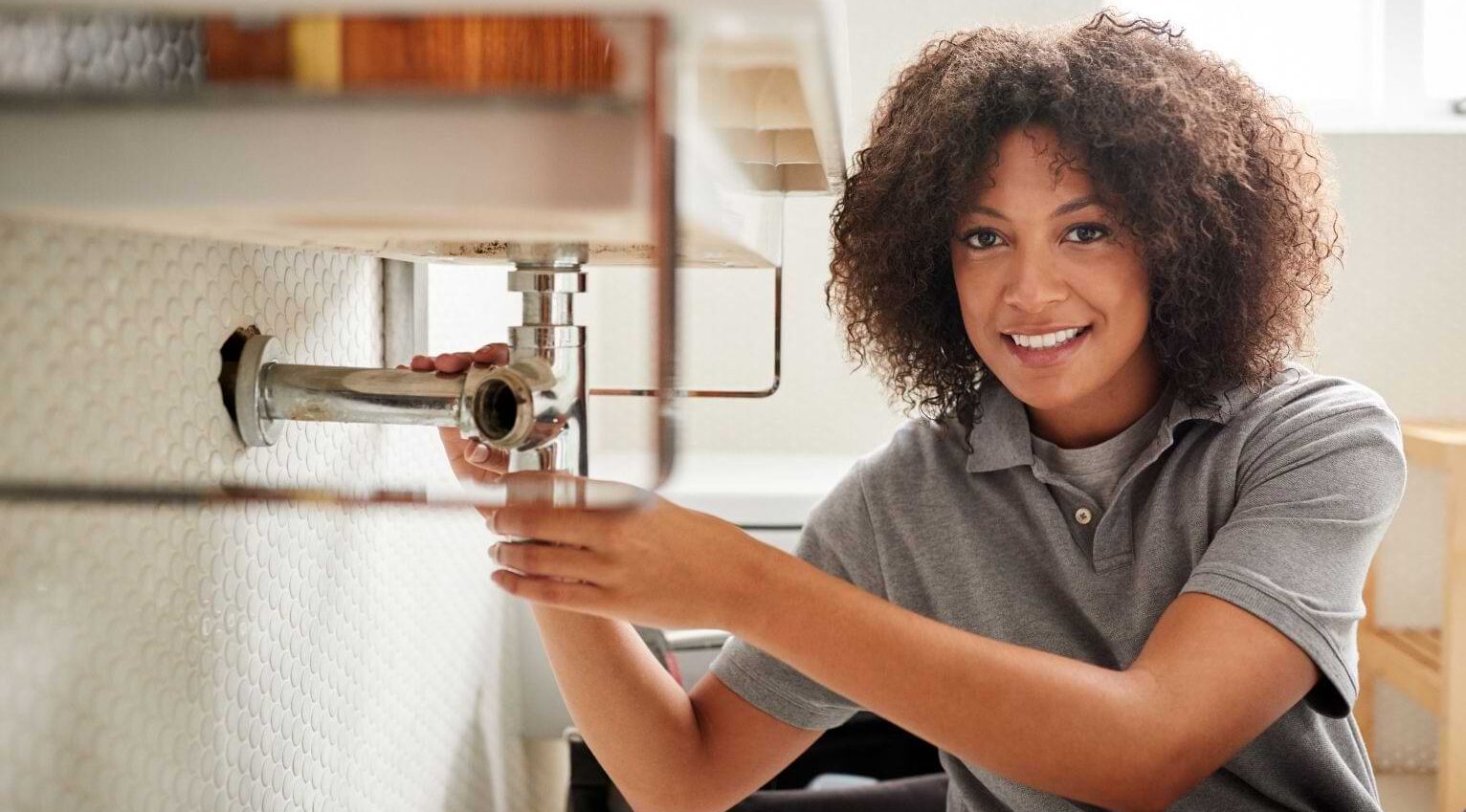Specialist Drain Cleaning Alabaster AL to Maintain Your Water Lines Flowing
Specialist Drain Cleaning Alabaster AL to Maintain Your Water Lines Flowing
Blog Article
A Detailed Overview to Reliable Hot Water Heater Installation for Optimal Performance
Embarking on the job of setting up a hot water heater is a venture that demands precision and a methodical strategy for attaining optimum efficiency. The process starts with the essential choice of choosing the proper heater tailored to the details demands of your household, thinking about factors such as energy, kind, and dimension resource. When selected, preparing the installment location to fulfill safety and security requirements is extremely important. The trip does not finish here. As you continue, the ins and outs of connecting water lines and setting up dependable electric or gas connections wait for, appealing understandings right into making sure efficiency and integrity.
Picking the Right Hot Water Heater

Following, take into consideration the dimension and capability of the hot water heater. It's essential to assess your home's hot water requirements, which can vary based on the number of passengers and their use patterns. A device that's also small might bring about not enough hot water, while an oversized model might lead to unneeded power intake.
Performance rankings additionally play a critical function in selection. Search for hot water heater with high Energy Aspect (EF) scores, suggesting premium performance and reduced power use. Tankless versions, though normally more pricey upfront, offer substantial energy savings in time because of their on-demand heating capabilities.
Preparing the Setup Area
Prior to installing a new water heater, thorough preparation of the installation area is vital. It's important to measure the area carefully to fit the water heater's measurements, ensuring appropriate clearance around the unit for efficient operation and servicing.
Inspect the flooring for security, as the water heating unit will certainly require a solid, degree surface area to operate successfully. If essential, mount a drip frying pan underneath the system to capture prospective leakages or spills, protecting against water damages to the surrounding location.
Additionally, ensure that all required tools and materials are on hand before commencing the installation. This includes items such as wrenches, screwdrivers, a level, and any type of extra hardware required for mounting and protecting the heating unit. A well-prepared setup area sets the structure for an effective water heating system configuration, optimizing efficiency and safety and security.
Connecting Water System Lines
When linking supply of water lines to your newly mounted hot water heater, it is essential to make certain that all links are safe and secure and leak-free to maintain efficient operation and avoid water damages. Begin by determining the hot and cool supply of water lines. The cool water weblink inlet is normally marked with a blue tag or a "C", while the warm water electrical outlet is marked with a red tag or an "H".
Use versatile water heating system connectors to help with a less complicated installation process. Before connecting the adapters, position a plumbing technician's tape around the threaded ends of the water heating system's inlet and outlet pipelines.
As soon as connections are in place, slowly turn on the primary water shutoff. Inspect each connection for leakages by aesthetically really feeling and examining for dampness. Tighten up links as necessary, and guarantee the pressure relief valve is appropriately installed, read here protecting against excessive pressure build-up.
Establishing Electrical or Gas Links
Appropriately setting up the electrical or gas links for your water heating unit is an essential action to make sure risk-free and efficient operation. For electrical water heaters, start by validating that the electric circuit is compatible with the heating system's voltage and amperage demands.
For gas water heating systems, safety is vital. Connect the gas line to the water heating system using a versatile gas connector, ensuring it is appropriately threaded and secured with pipe joint compound or Teflon tape suitable for gas connections.
When connections are made, evaluate for any possible leaks. For gas lines, use a soapy water remedy to the joints; bubbles indicate a leak. For electric links, verify that all circuitry is secure and properly protected, keeping compliance with regional electrical codes.
Adjusting and checking for Performance
With the electrical and gas connections safely in location, the next step is reviewing the operational efficiency of your hot water heater. Begin by meticulously switching on the water supply and making sure there are no leakages at any one of the joints or valves. Once verified, proceed to fill the tank, taking note of the pressure and temperature level setups. It is suggested to establish the thermostat to an advised temperature of around 120 ° F(49 ° C) to stabilize energy effectiveness and comfort.
Following, carry out a detailed examination to make sure the home heating aspects or burner are functioning appropriately. For electrical heating units, utilize a multimeter to verify if the components are drawing the suitable current. In gas versions, observe the burner flame; it needs to be steady and blue, showing reliable combustion.
Readjust the setups as necessary to remove ineffectiveness. Consider carrying out insulation steps, such as including a water heating unit blanket, to additionally enhance efficiency by reducing heat loss. More about the author Furthermore, check the anode pole's condition, as a shabby pole can decrease performance and result in container rust.
Conclusion
Reliable water heater installation is critical for ensuring optimal performance and energy financial savings. Securely linking water supply lines and carefully setting up electrical or gas connections minimize potential issues.

Properly setting up the electrical or gas links for your water heating system is an essential action to make certain safe and efficient operation. For electrical water heating systems, start by validating that the electric circuit is suitable with the heater's voltage and amperage requirements. Link the gas line to the water heating system using a flexible gas connector, ensuring it is appropriately threaded and secured with pipeline joint compound or Teflon tape suitable for gas connections.
Report this page